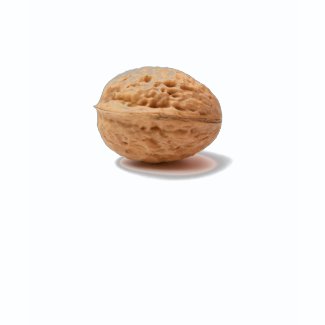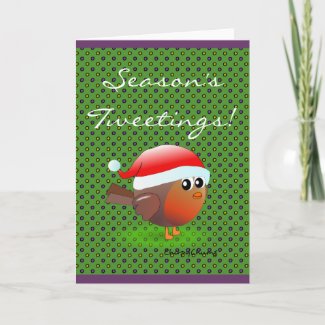
Since the late 1800s when the Wimbledon Lawn Tennis Club was founded there has been a strict dress code: competitors in their Tennis Championship games could wear any color… as long as it was white! But every time I watch Wimbledon I can’t help but wonder why this rule was established. Why do tennis players wear white at Wimbledon?
It seems that there are quite a few theories in circulation regarding this time-honored tradition. The following four reasons are the most often touted ones: Continue reading →

One of the prettiest things that can be seen in the Christmas season is the beautiful array of lights adorning trees, street lamps and streaming across the top of homes. Christmas lights have evolved a lot over time and they continue to evolve.
These days, with an emphasis on saving energy and on being more aware of our environment, inventions like LED Christmas lights are being used more and more. Because LED lights use up less energy, don’t get hot like traditional lights and last longer, their use has changed the face of Christmas lighting and lighting in general. But when did the idea to put lights up for the holidays first arise? Continue reading →

Acid Test Meaning
In the world of finance and banking, the term “acid test ratio” is a number that tells you about the financial integrity of the company. It tells you how likely a company is to pay its short-term debts and obligations on time. Typically companies with low ratio numbers (especially those less than 1) are considered risky, whilst those with a higher number are in better stead and pass the figurative acid test. Have you ever wondered why such an assessment would be called an “acid test ratio”?
In non-financial terms too, why do we use phrases like: ” The acid test for your friendship is seeing if a friend will agree to take you to the airport at 5:30am!” How did “acid test” come to mean “the ultimate test of genuineness, quality and worth”? How did the phrase “acid test” arise?
Continue reading →
Why is there the Portuguese tradition of decorating things with good luck roosters? Continue reading →
Most of us have heard of people who have made religious pilgrimages but for those who are not particularly religious or those who know little about the details of a pilgrimage, the idea of what drives a person to walk for days to get to a holy site can be quite mysterious when in our day and age they could get there through modern transportation. Why do people go on pilgrimages? Continue reading →
When you think “sailors” you may picture men in Cracker Jack style Dixie cup hats and Popeye-esque anchor tattoos, or you may picture men in navy and white horizontal “sailor stripe” shirts. Have you ever wondered why nautical fashion involves the famous sailor stripes? Continue reading →
If you’re British or are familiar with British customs, you’ll know that in the UK there is a different date for Mother’s Day celebrations than in the States. What’s more, traditionally the British day of celebration is not known as Mother’s day, but rather as Mothering Sunday. With all these differences, it’s not surprising that the history of Mothering Sunday is a very different one from the American Mother’s Day. This article explores the story behind the origin of Mothering Sunday. Continue reading →
The phrase “butter wouldn’t melt in his mouth” is one of the most misunderstood phrases in the English language. Some people think it is used to mean that a person is sweet and innocent whilst others are adamant that it means that a person is a manipulator or a liar. It seems a bit surprising to find one phrase with such polar opposite interpretations. So which is it? And what’s it got to do with butter melting? What’s the story behind the idiom “butter wouldn’t melt in your mouth”? Continue reading →
Posted in Etymology
|
Tagged etymology
|
The idiom, “in a nutshell” is used when you want to say that the description you’re giving is concise, to-the-point and brief. It is the information boiled down to its simplest form. The question is: where do nuts enter this equation? Continue reading →
Posted in Etymology
|
Tagged etymology
|
If you’re ever in Britain around Christmas time, you’ll find pictures of robin red breasts adorning Christmas cards, ornaments, stamps, chocolate boxes, shop windows and Christmas wrapping paper. Their images can even be found decorating Christmas cakes. How did the humble European robin become the Christmas robin? Continue reading →












